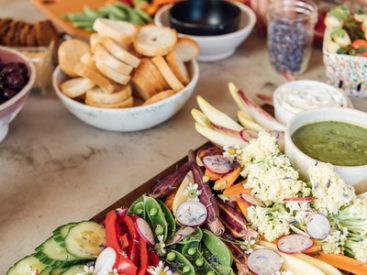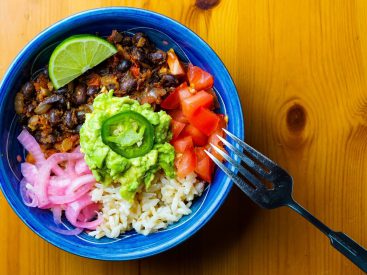Intermittent Fasting Juice Recipes If you are a fitness enthusiast or have been scouting for viable weight loss programs, you are likely already familiar with intermittent fasting (IF). This fasting method has been trending for a long time now also because of the level of flexibility it offers. And […]
Delicious!
Delicious!



